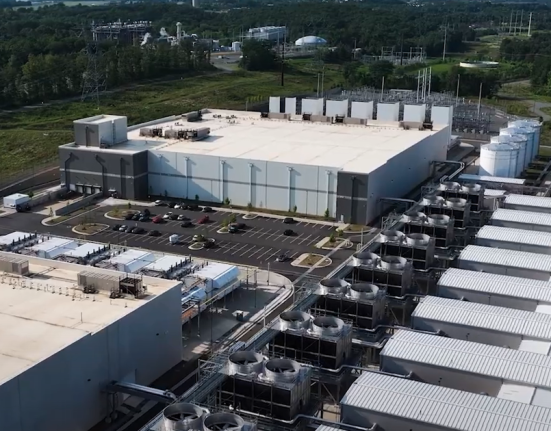Google, long interested in clean energy and conservation, is spinning out its GoogleGOOG Nest Renew business and Sidewalk Infrastructure Partners (SIP) is combining it with OhmConnect to create a new company in which SIP will make an initial $100 million investment.
The new company, which will be called Renew Home, not only formalizes the close cooperation that has existed between Google Nest and OhmConnect, but also unites them in a new structure, designed to push ahead in existing markets and to pioneer new ones.
The deal is subject to Federal Energy Regulatory Commission approval and antitrust review. As part of it, SIP will become a majority shareholder. Google will be a minority one; it won’t be an out-front partner going forward, although it has a stake in SIP, along with the Ontario Teachers’ Pension Plan and StepStone GroupSTEP Inc., a global private markets investment firm.
Originally a minority owner in OhmConnect, SIP will own Renew Home upon the close of the transaction.
This isn’t a marriage between strangers. Alphabet, Inc. Google’s parent company, has had a long relationship with the principals at SIP.
The driving force at SIP for the virtual power plant business is its co-founder and co-CEO, Jonathan Winer. An AlphabetGOOGL alumnus, he was instrumental in SIP’s formation nearly five years ago. Its mission, Winer told me from the company’s headquarters in Brooklyn, New York, is to build infrastructure companies and projects that benefit the environment and are resilient.
Three Power Plant Equivalent
Winer said Renew Home has much to build on with the merger. OhmConnect has 226,000 homes on its platform, which are located in California, Texas, and New York. During the September 2022 heat emergency in California, Winer said OhmConnect was able to deliver the independent system operator, CalISO, “the equivalent to the output of three power plants.”
When the company launches, Renew Home will have available across its system a capacity of 1.4 gigawatts of peak energy, Winer said, adding, “We believe we will have 10 gigawatts installed by 2030.”
Per Winer, Renew Home’s mission is to help people “truly electrify their homes using smart devices, and to facilitate participation of those homes in energy markets.”
This, he said, would both reduce their electricity bills, by about 10 percent, and the production of carbon. Renew Home thermostats will help customers reduce their energy consumption at peak times and channel heavy use to those parts of the day when renewable energy is most plentiful and fossil fuel use is low.
Winer said the after-the-meter market is fiercely competitive and other thermostat makers, like Honeywell, are keen to facilitate their own virtual power plants.
Also, Renew Home, although set to become a major player in the virtual power market, doesn’t plan to add occasional generators, like hospitals and universities, which might have their standby generation available in times of heavy demand from heat or cold.
Although demand response was pioneered by large industries being asked to reduce or cut their usage, Winer said Renew Home is looking strictly to residential users of electricity and how they can be an active part of the virtual power plant, while saving money on their bills and being eligible for other incentives and prizes.
Looking To Demand Response
Individual utilities and Independent System Operators are increasingly looking to demand response, as a part of distributed energy resources, to carry them through times of stress.
David Naylor, president of Rayburn Electric Cooperative, which provides electricity services to four distribution cooperatives in the area north and east of Dallas, told me they were saving 10 percent of power with resource management, largely demand management.
There is speculation that the future of the virtual power plant will include tapping domestic batteries, like TeslaTSLA power walls, hooking in rooftop solar, and including latent generating capacity in emergency generators.
I have suggested that this reflects the “Uberization” of the non-utility generation.
Winer says Renew Home will get its revenue from the ISO, as Google Nest Renew and OhmConnect already do in states where they operate. The $100 million which SIP is investing in Renew Home will go to marketing and increasing the reach of the company in the three states where OhmConnect is active and to other markets as soon as possible.
Google hasn’t left the field, but in homeowner energy management it is taking a silent role, letting the team at Renew Home do the job — albeit with a healthy input from Google thermostats.







